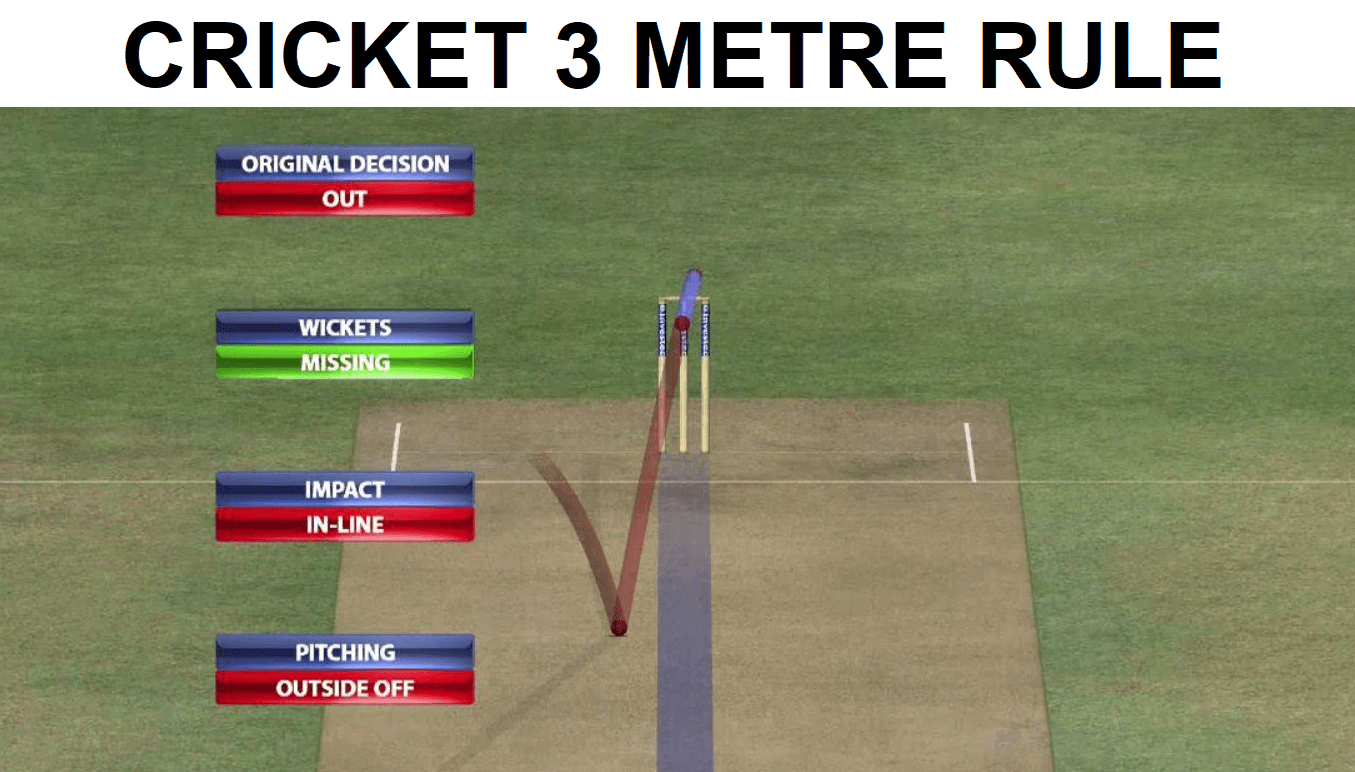

Leg before wicket (LBW) is a form of dismissal in cricket that occurs when the batter’s legs contact the ball first, before making contact with the bat or any other part of the body. If it were not for the legs, the ball would have gone on to hit the stumps.
However, there are several exceptions and variations to this rule. One lesser-known point of discussion is the 3 metre rule. According to clause 3.4.6.4 of Appendix D in the “IPL playing conditions” guide:
- The point of first interception was 300 cm or more from the stump, OR
- The point of first interception was more than 250 cm but less than 300 cm from the stumps, and the distance between the point of pitching and the point of first interception was less than 40 cm.
Such a situation arises when the batter moves outside the popping crease in order to hit a shot but fails to make contact with the ball. The ball however, might hit the pads and be in line with the stumps. Since the batter’s position from the stumps is farther (~ 300 cm) than usual and the distance between the point of pitching and point of interception is less than 40 cm, then the decision is not out.
The ball can go on to hit the stumps, but if the on-field system is not out and the decision-review system indicates the ball hitting the stumps then the umpires decision will be upheld.





